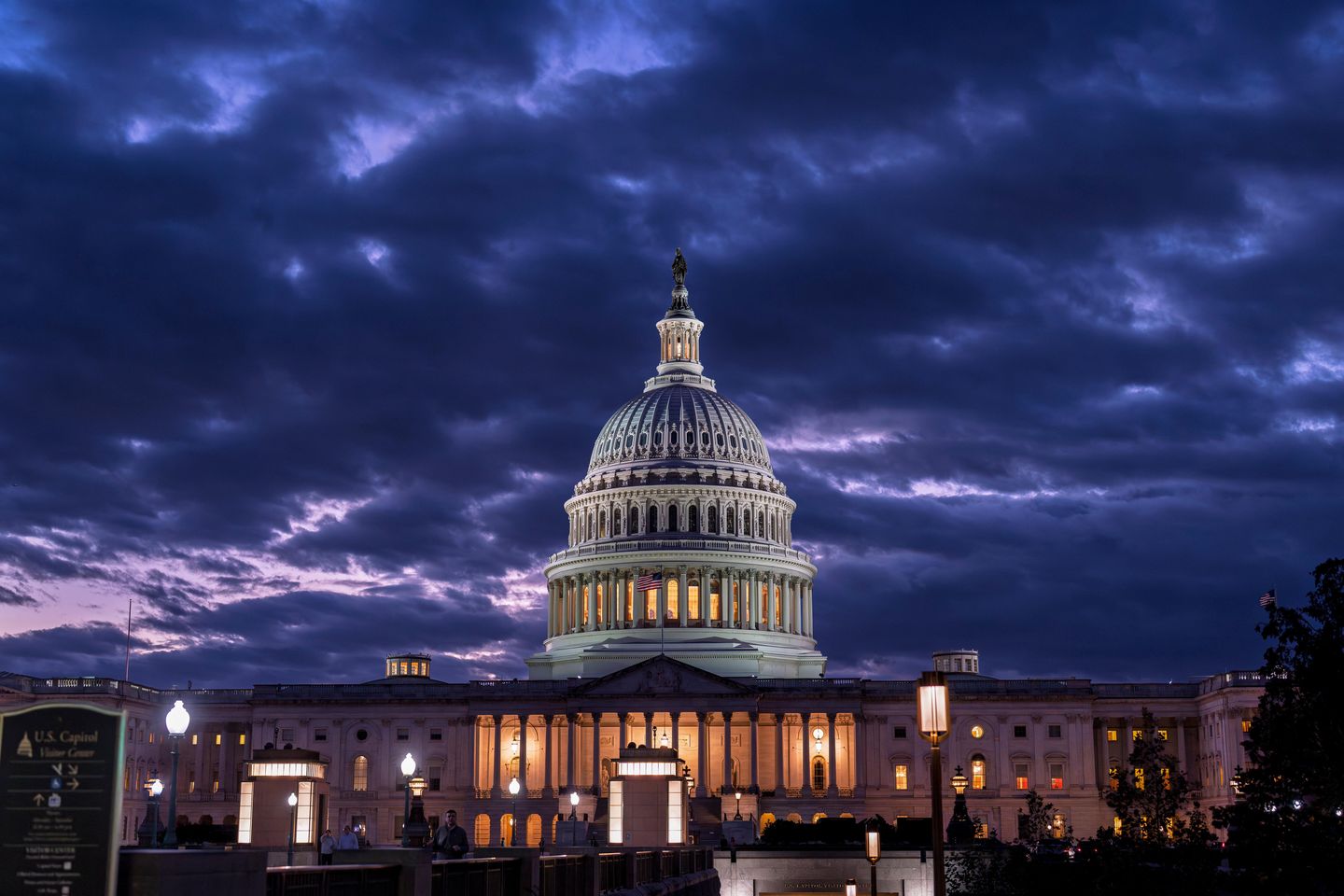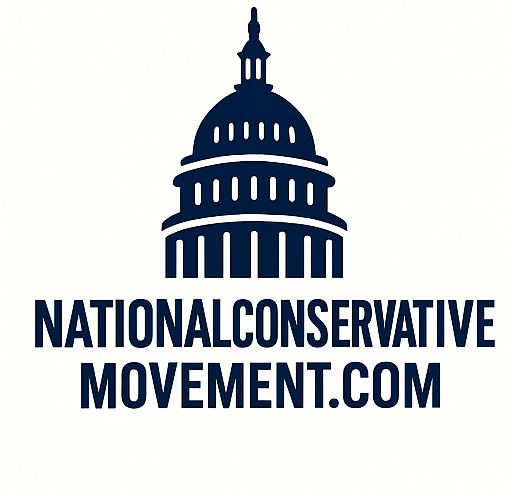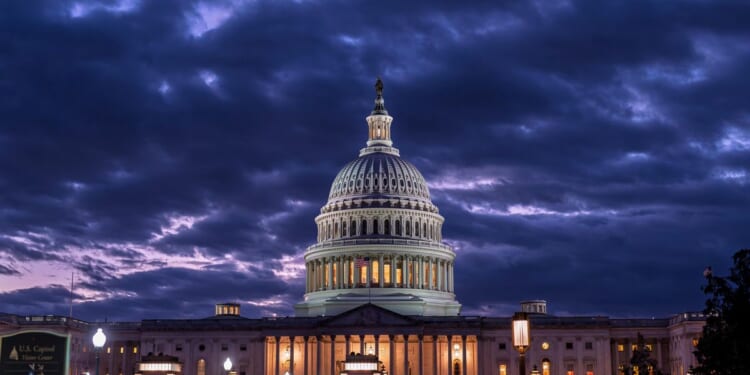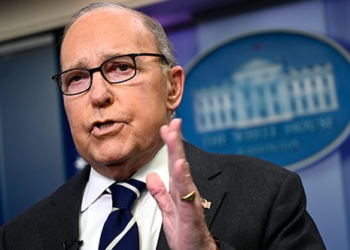
Whenever Congress reaches an elusive deal to temporarily reopen the government, lawmakers still have to grapple with how to keep it funded through the remainder of the fiscal year.
It won’t be easy. The House and Senate disagree on fiscal 2026 spending levels, needed to unlock broader bipartisan, bicameral negotiations.
And the same issue that bedeviled the fiscal 2025 funding talks has not gone away: Democrats are seeking to restrain President Trump from unilaterally overriding congressional spending decisions, and Republicans are hesitant to put constraints on the president’s authority.
“We would be suckers to sign onto a budget that allows Trump to cancel spending in our states and spend it only in Republican states,” Connecticut Sen. Chris Murphy, a Democratic appropriator, said. “We’d be suckers to sign onto a budget if they’re going to use rescissions to just destroy major programs that were in the budget and were the reason that we voted for it.”
Mr. Murphy said that Democrats may be willing to set a lower bar on that issue for a short-term deal to reopen the government and buy more time for negotiations, but that constraining Mr. Trump’s “illegality” is a must for any deal on full-year appropriations bills.
Republicans have long warned that Mr. Trump wouldn’t sign any spending bills into law that constrain his authority, but they said they’re willing to discuss ideas for protecting bipartisan spending priorities.
“I would expect there to be negotiations about mutual issues that Republican senators and Democratic senators – and certainly appropriators – care about when it comes to the process of rescissions, that kind of thing,” Sen. Jerry Moran, a Kansas GOP appropriator, said.
Lawmakers first need to decide how much more time they will need to negotiate a fiscal 2026 spending deal. The ongoing government shutdown, set to become the longest in history on Wednesday, has burned through more than half of the seven weeks lawmakers had planned to use for that purpose.
“I think there will be an opportunity,” Sen. John Kennedy, Louisiana Republican appropriator, said when asked whether lawmakers could still enact full-year spending bills. “Given the length of this shutdown and the likelihood that it’s going to continue, I just don’t know what year appropriation bills we will be working on. It could be ‘27, ‘28.”
Fiscal 2026 began on Oct. 1, when the government shut down after Senate Democrats filibustered a House-passed stopgap bill to extend the prior year’s funding levels and policies through Nov. 21.
Democrats are demanding a bipartisan negotiation on health care, in particular an extension of enhanced Obamacare premium subsidies set to expire this year, to reopen the government. But Republicans have said they will not negotiate while the government is shut down.
The stopgap measure, which Senate Democrats have blocked 13 times, was intended to buy seven weeks for Congress to enact the regular 12 annual spending bills. More than four weeks of that time have been wasted on the shutdown impasse.
Lawmakers in both parties admit they’ll need to extend the Nov. 21 deadline.
“That date is lost,” said Senate Majority Leader John Thune, South Dakota Republican. “So it’s a question now of what the next date is.”
Some Republicans have discussed pushing the deadline to early next year, wanting to avoid a December holiday deadline that in past years has led lawmakers to compile all 12 spending bills in a massive omnibus package.
Appropriators generally prefer to get their work done as soon as possible but were reluctant to throw out a specific date because of uncertainty over when the shutdown will end and the many thorny spending issues they still have to work through.
Mr. Moran said he wants to avoid a lengthy extension that would reduce the pressure to reach a deal.
“I’d be reluctant to change the November date to anything later until we get our appropriation bills done, and then we can come to the acceptable date with the House,” he said.
Senate appropriators have made headway recently on preparing more spending bills for floor action once the government reopens.
They’re discussing packaging a handful of spending bills into “a minibus.” Nothing has officially been decided but negotiations have focused on the appropriations measures that fund the Departments of Defense, Labor, Health and Human Services, Education, Commerce, Justice, Transportation and Housing and Urban Development.
“It’s vitally important that we be ready with appropriations bills once the government reopens,” Senate Appropriations Chair Susan Collins, Maine Republican, said.
Sen. Chris Van Hollen, Maryland Democrat, said that the Senate passing another minibus with strong bipartisan support would put pressure on the House to act.
Earlier this summer, the Senate passed a three-bill minibus containing the measures that fund the legislative branch and the Departments of Agriculture and Veterans Affairs.
House and Senate appropriators have been working through differences on those three bills during the shutdown in hopes of coming up with a bicameral product to enact when the shutdown ends.
“If we could work something on those three bills, it might be a model for how we deal with a bigger package,” Mr. Van Hollen said.
In general, he said, the Senate Appropriations Committee included “much stronger guardrails and safeguards” than the House in its fiscal 2026 bills to protect against the Trump administration ignoring congressional spending directives.
Including those provisions in the final product would help resolve some of the Democrats’ concerns, Mr. Van Hollen said.
“It’s not that we expect necessarily the Trump administration to suddenly wake up and say they’re going to abide by them,” he said. “But if you take the way we’ve written the provisions and you go to court, we win.”










